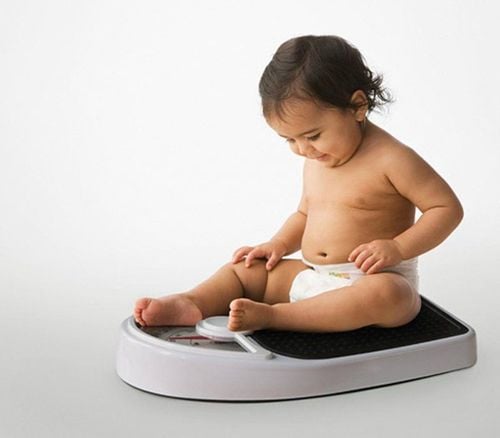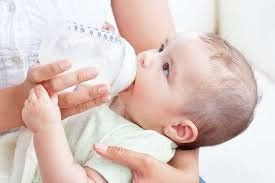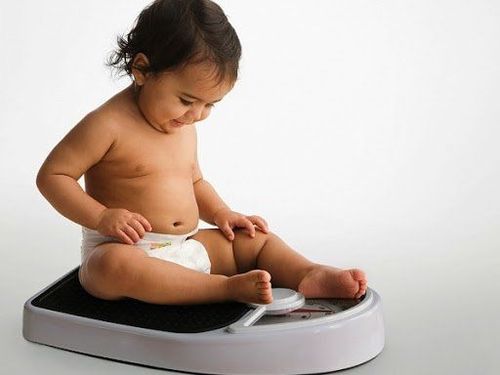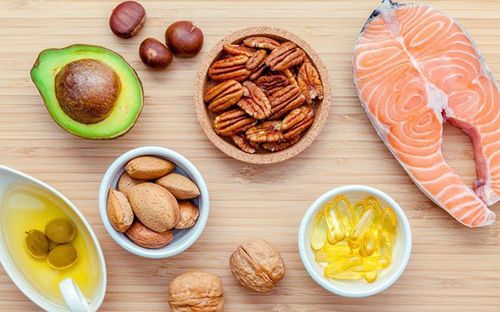Parents always wish for their children to grow up healthy, with a weight and height that meet the standards. Nutrition for a 5-year-old boy plays a crucial role not only in providing energy for daily activities but also in supporting physical and mental development. Therefore, parents need to be informed about their child's development process and have knowledge of nutrition to effectively care for their child.
1. Weight and Height of 5-Year-Old Boys According to World Health Organization Standards
At 5 years old, boys no longer experience the rapid growth seen in their early years. At this stage, their development begins to slow down and gradually stabilize year by year. The average weight and height of 5-year-old boys increase more slowly compared to earlier stages. The weight of a 5-year-old boy may increase by 1 to 2 kilograms, while their height typically increases by an average of 3 to 6 cm.
How tall is a 5-year-old boy? According to World Health Organization standards, the average weight of a 5-year-old boy is around 18.3 kg, and the average height is approximately 105.2 cm. At this age, weight does not need to be monitored as frequently as during infancy. Parents can monitor their children’s weight and height yearly or every six months to keep track of their development. Additionally, tracking weight and height helps mothers easily spot abnormal health signs in children, such as malnutrition, overweight, or rickets, and take prompt measures to improve the situation.
2. Some Ways to Help a 5-year-old Boy Gain Weight and Develop Fully
How much should a 5-year-old boy weigh? The answer to this question involves several activities that can help the child achieve a healthy weight. However, to achieve this, parents need to follow these methods:
- Provide proper nutrition and meet the standards recommended by the World Health Organization. To do this, parents should first know how to stimulate the child's appetite to make eating more enjoyable, such as by supplementing the child’s diet with essential micronutrients like zinc, B vitamins, iron, and lysine. These nutrients help stimulate the child’s appetite and encourage them to eat more. Foods rich in these nutrients include beef, seafood, chicken, green beans, dark green leafy vegetables, brown rice, milk, egg yolks, and fish.
- Parents should divide meals into smaller portions to improve nutrient absorption. Moreover, to help the child gain weight, parents should ensure the child eats a lot of fruits and vegetables. In addition to ensuring three main meals a day with balanced food portions, meals should be divided into nutrient groups. Furthermore, parents should prepare 2 to 3 snack meals a day, such as yogurt, fruit, or fresh milk, to ensure the child receives all the necessary nutrients for growth
- To help the child gain weight effectively, parents should include milk and milk-based products in the child’s diet, such as cheese, yogurt, and powdered milk. Milk is not only a highly nutritious food but also easily digestible and suitable for children due to its well-balanced and reasonable nutrient content. Milk provides a rich source of protein and a large amount of calcium to support the development of strong bones and teeth.

- Water plays a very important role in the body's metabolism. When children meet their water needs, their metabolism will increase and help prevent constipation or partly overcome the problem of children eating slowly and not gaining weight.
- Creating conditions for children to exercise fully will help increase metabolism and build a strong skeletal system. Children should be encouraged by their parents to exercise through sports such as swimming, cycling, walking, etc. The time to do this activity a day needs from 30 to 45 minutes to help children consume energy and actively take in energy better.
- Parents should periodically deworm their children so that the digestive system works well and is balanced, helping to absorb nutrients to meet the needs of children's development. According to the regulations of the Ministry of Health, children, including 5-year-old children, should be dewormed every 6 months.
3. The importance of nutrition in the 5-year-old stage
When boys reach 5 years old, this stage means that they will develop very strongly in terms of thinking. This is also confirmed through many studies, children develop comprehensively through 5 intellectual factors: logical intelligence gives children the ability to remember events and arrange objects around them in order; linguistic intelligence helps children increase their vocabulary and pronounce words more accurately; emotional intelligence helps children express their emotions; artistic intelligence helps children have the ability to perceive music, fine arts..., communication skills help children chat and get along with people around them.
Essential nutrients needed for children's development:
- The fruit and vegetable group provides children with important micronutrients along with rich fiber content. A 5-year-old child will have a meal portion from the fruit and vegetable group: 1⁄2 plate of cooked vegetables or 1 bowl of soup, 1 apple, pear, orange, and 2 tangerines...
- Starch and cereals, especially whole grains will help provide energy for children to ensure they can be active throughout the day. Meal portions of starch and cereals for the school menu for 5-year-old children usually include 1 slice of bread or 3 biscuits or 1 bowl of rice or noodles, or 1 bowl of oatmeal
- Milk and dairy products, with nutritional ingredients containing a lot of protein, and calcium help children develop their musculoskeletal system, strong teeth as well as brain development. This is considered the perfect food source for children over 1 year old. Children's milk and dairy products can be 1 glass of 200ml milk or a piece of cheese, or a jar of yogurt...
- Protein is provided by foods such as lean meat, chicken, fish, eggs, beans, lentils, green beans, tofu, nuts. These foods provide protein in addition to other essential nutrients for the body, helping children grow well physically and mentally while improving their nutritional status to avoid malnutrition. A protein-containing meal for a 5-year-old boy can be 60 grams of fish, or 50 grams of chicken, or 50 grams of beef or 2 pieces of tofu.
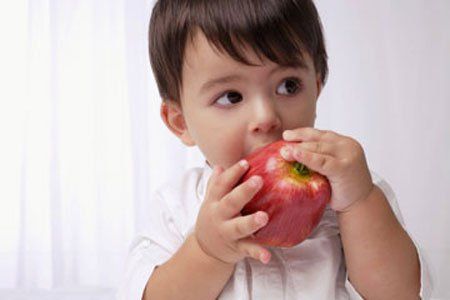
LAMINKID I Health Protection Food:
The product has the effect of supplementing minerals and vitamins for the body. Supports digestion, enhances food absorption, helps children eat well. Supports improving children's resistance, helps reduce the risk of diseases due to poor resistance such as upper respiratory tract infections, flu.
Subjects of use:
- Children with anorexia, poor food absorption, thin, malnourished, slow development.
- Children with poor resistance, who are sick or have just recovered from illness, children who often have upper respiratory tract infections, flu.
Responsible for product quality:
Elepharma Pharmaceutical Joint Stock Company
No. 9, Truong Cong Giai Street, Group 17, Dich Vong Ward, Cau Giay District, Hanoi City, Vietnam
(Tel) 1800 6091; (E) info.elepharma@gmail.com
See more information about the product at: https://i.vinmec.com/laminkid
Register for nutrition consultation for your baby at: https://i.vinmec.com/dangkytuvandinhduong
To arrange an appointment, please call HOTLINE or make your reservation directly HERE. You may also download the MyVinmec app to schedule appointments faster and manage your reservations more conveniently.

